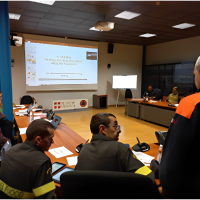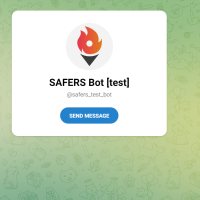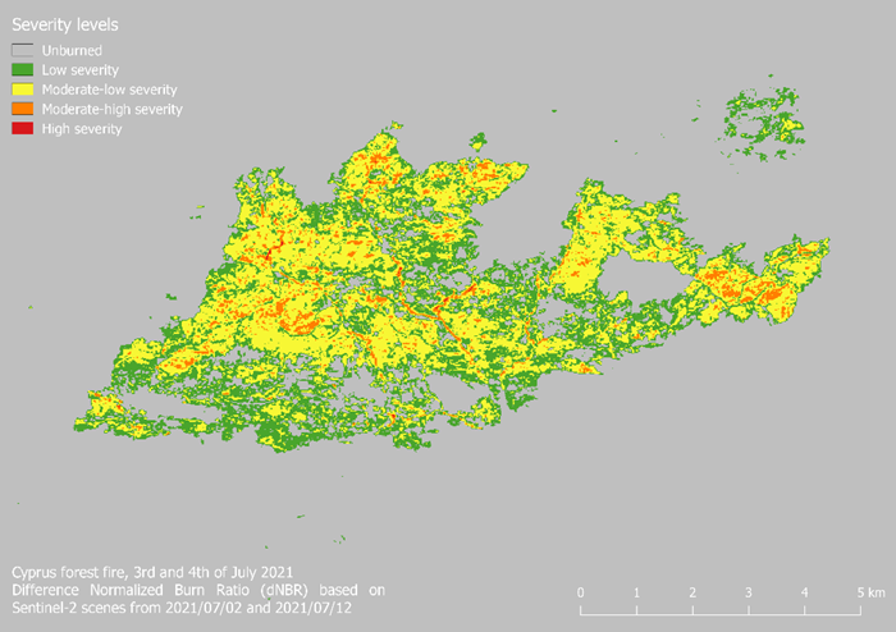This blog article covers the key details of the architecture, the implementation and the deployment of the Chatbot application that is integrated with SAFERS Web Dashboard. The Chatbot main goal is to increase the level of situational awareness and support the in-field operations of professional users as well as citizens in all the emergency phases, before, during and after it. In fact, it is able to deliver as well as to retrieve multimedia geolocated contents from registered users’ smartphones. Everyone has the possibility to access the Chatbot functionalities after having completed the registration procedure. To create a valid account, citizens must provide username and password. No other profile information is collected by the application.
Strategic planning during and after hazardous events is strongly tied to the amount of information available to domain experts and decision makers. In the framework of SAFERS, the task - EO-based fire delineation and burned area for impact assessment (T3.6) is dedicated to the approaches and the devised solutions for rapid mapping and severity assessment utilizing satellite images as sources of data.
The conducted actions deal with the rapid damage assessment tools designed for the SAFERS project, namely a set of models and components to automate satellite mapping procedures and forecast evaluations that would require extensive manual labor in the first case, or extremely expensive simulations in the latter case. Given the results obtained within SAFERS, machine and deep learning solutions remain promising approaches for both scenarios.

Where was the demonstration implemented?
The second demonstration and training activities of SAFERS were performed on February 9th, 2023 in Piedmont in Italy to evaluate the beta version of the project’s dashboard and Intelligent Services (ISs) in a controlled environment. Along with the first demo in France, the event allows for gathering information on the reliability and usefulness of the proposed service in simulated in-field scenarios. The event involved technical entities, first responders, local authorities, and citizens.


